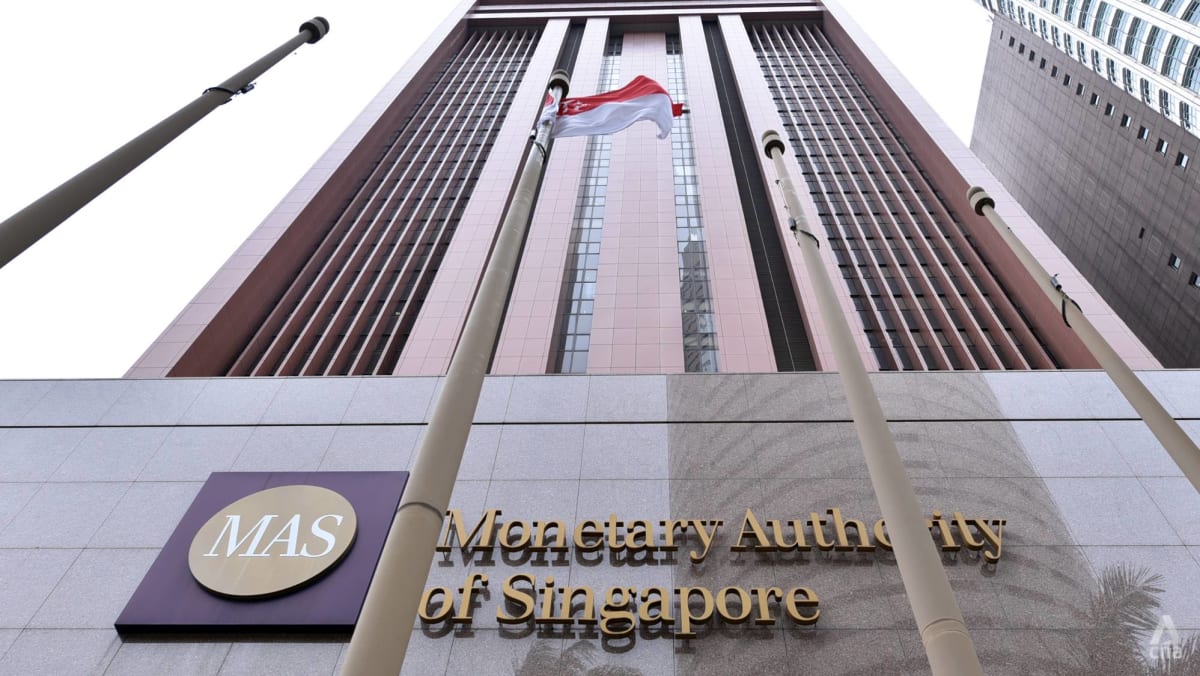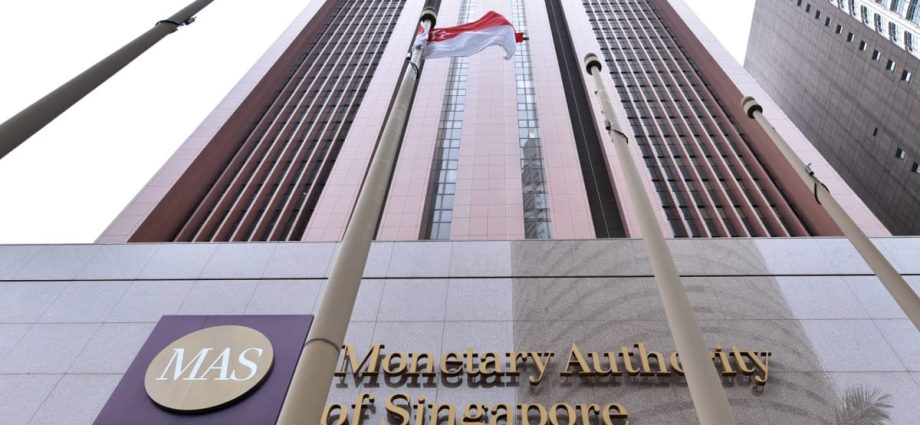
Growth is also set to be subdued in the financial sector amid a dimming external outlook, persistent inflation and restrictive financial conditions. In addition, the recent banking turmoil in the United States and Europe has fanned fears of a broader contagion in the sector, raising downside risks to growth.
MAS said that while regulators intervened decisively to limit the fallout, the outlook remains uncertain as “latent vulnerabilities” could emerge among under-capitalised banks globally in the coming quarters.
It added that the local banking system “appears to be well-insulated from the shock” at this juncture, citing diversified, large corporate-heavy and Asia-centric loan books and minimal exposure to the tech start-up ecosystem.
While Singapore banks could face losses on their bond holdings amid the sharp rise in interest rates, less than 20 per cent of their total assets are in bonds, said MAS.
This is compared to the 55 per cent for Silicon Valley Bank, the US bank which collapsed abruptly last month and marked America’s biggest banking failure since the 2008 global financial crisis.
With the bulk of their assets in floating rate loans, the Singapore banks have also been able to pass on the higher funding costs to their customers, the central bank said.
MAS also reiterated that the takeover of Credit Suisse by UBS is not expected to impact the stability of Singapore’s banking system.
That said, the high interest-rate environment will continue to exert “a broad-based drag on the financial sector” in the coming quarters, according to the report.
For example, credit demand is likely to weaken, while the stock of loans could also shrink further as corporates look to reduce interest expenses by repaying early.
Elsewhere in the economy, the pace of expansion in the domestic-oriented sectors will likely moderate as higher consumer prices and interest rates restrain spending.
“The near-term outlook remains uncertain and fragile, with risks to growth skewed to the downside,” said MAS, as it maintained its full-year forecast for growth in 2023 at between 0.5 to 2.5 per cent.
“Should other latent vulnerabilities in the global financial system manifest in the coming months, consumer and investor confidence will take a further hit, with wider adverse implications for the economy beyond the current manufacturing-led downturn.”

